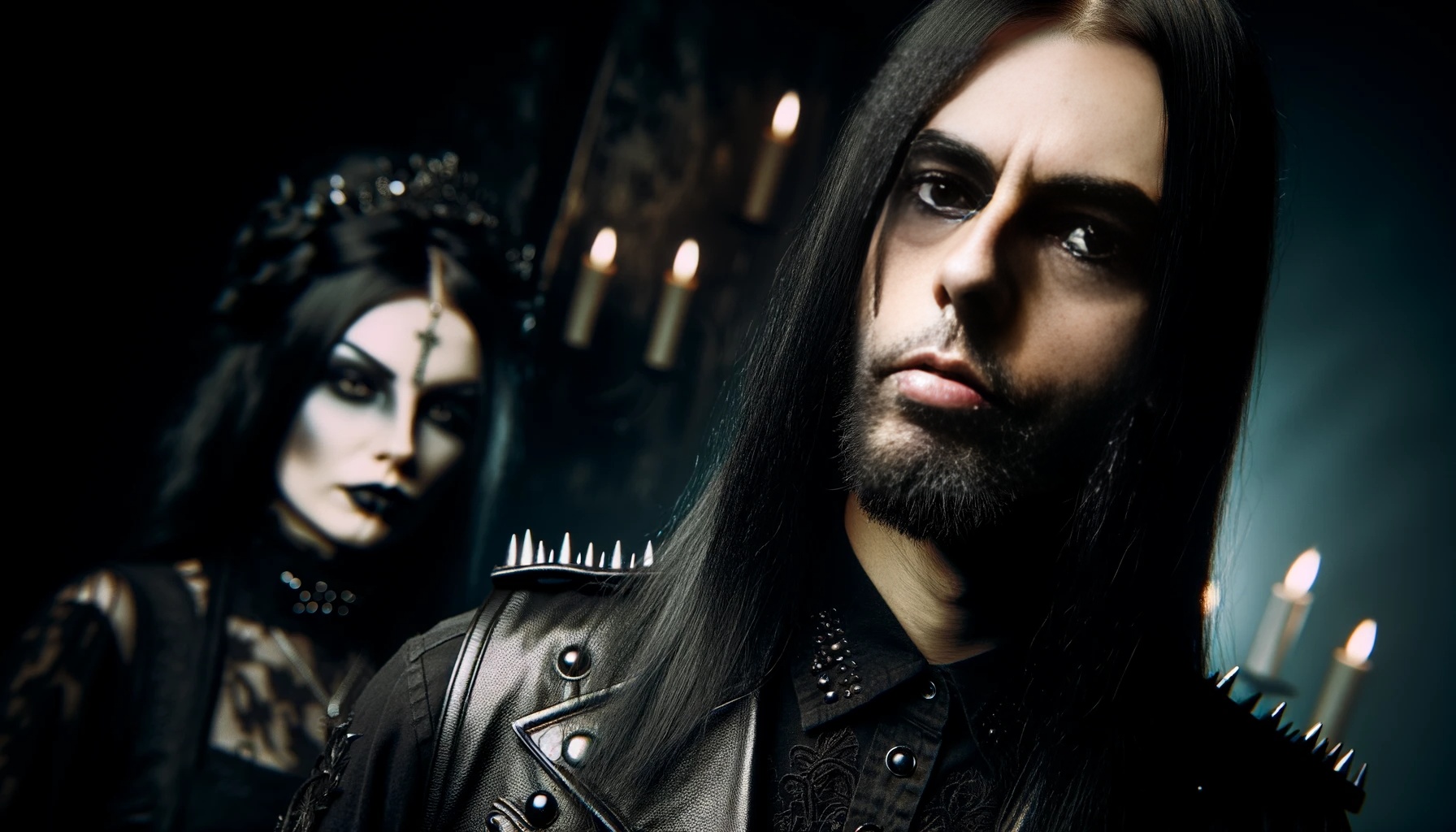Embracing the Shadows: Gothic fashion, often misunderstood as mere clothing, is an artistic expression deeply rooted in the history and culture of those who venture beyond the mundane. It’s a visual symphony that plays harmoniously with the somber notes of the gothic subculture and the rebellious riffs of metal music. In this exploration, we delve into the enigmatic beauty of darkness, unraveling the threads that weave together the bold statements of gothic fashion.

Introduction to Gothic Fashion: A Realm Beyond the Black
Gothic fashion is an intricate tapestry of historical influences and modern creativity. Originating from the Gothic period and reimagined through the Victorian and Elizabethan eras, it embodies a stark deviation from conventional styles, favoring the mystique and the macabre. This fashion movement goes beyond mere aesthetics; it’s a lifestyle choice, a form of self-expression that empowers individuals to showcase their unique identity.
The Symbolism of Gothic Attire: Chains, Leather, and Lace
Key elements of gothic fashion include leather, lace, and chains—each with their symbolism. Leather, with its rugged texture and durability, represents resilience and strength. It’s a staple in both gothic and metal attire, resonating with the toughness of the genres. Lace adds a touch of Victorian elegance and complexity, signifying the delicate balance between beauty and decay. Chains, often heavy and metallic, symbolize the links between past and present, bondage and freedom, echoing the chains of history that bind and define us.

The Dark Palette: More Than Just Black
While black dominates the palette of gothic fashion, the use of color is nuanced and significant. Dark purples, deep reds, and midnight blues complement the black, contributing to the aesthetic’s richness and depth. These colors are not chosen randomly; they are evocative of the night sky, of royalty, of blood and passion—themes deeply rooted in gothic lore.
Textures and Contrasts: The Visual Language of Goth
Gothic fashion is a sensory experience, with its textures creating a visual language that speaks volumes. The contrast between the softness of velvet and the harshness of metal spikes, the interplay between flowing fabrics and structured corsetry, all serve to highlight the duality inherent in gothic culture—life and death, light and darkness, the seen and the unseen.

Accessorizing the Gothic Way: Statement Pieces that Speak Volumes
Embracing the Shadows with Accessories are pivotal in gothic fashion. They are not mere additions but are integral to the outfit, each piece telling its own story. From chokers that speak to the Victorian obsession with the neck as a beauty ideal, to cuffs and bracelets that clink like the chains of ancient ghosts, every item is a chapter in a larger tale.

Gothic Footwear: From Combat Boots to Platform Heels
Footwear in gothic fashion ranges from practical combat boots to towering platform heels. Boots, often steel-toed and buckled, signify a readiness to face the world head-on, while heels elevate the wearer, literally and figuratively, above the normative flows of society.

Gothic Makeup: The Art of the Face
Makeup in gothic fashion is an art form. It’s used not to conceal but to reveal the person within. Stark contrasts, with pale foundations set against dark lips and eyes, create a dramatic effect that complements the fashion’s overall theme.
The Cultural Impact of Gothic Fashion: More Than Just Clothes
Gothic fashion has made a significant cultural impact, influencing music, art, and literature. It challenges societal norms, questioning beauty standards and the definition of normalcy. The fashion celebrates individuality, encouraging wearers to embrace their differences and showcase their true selves.
Conclusion: The Future of Gothic Fashion
Gothic fashion is timeless. It evolves with the times while staying true to its roots. As a form of self-expression, it will continue to adapt, survive, and thrive, much like the enduring spirit of those who wear it. You may want to visit AltStyleClothing.com or head back to the home page. No start Embracing the Shadows.
Follow me on social media


